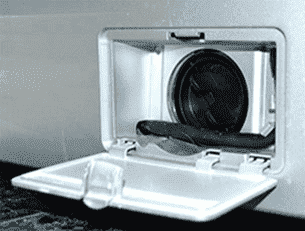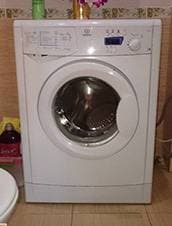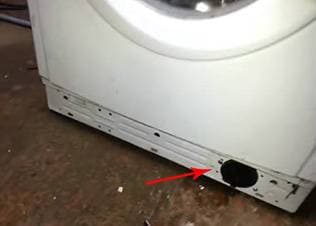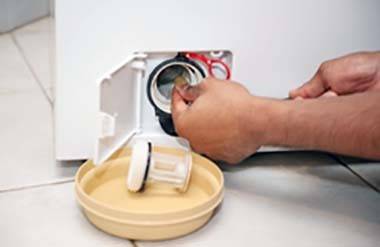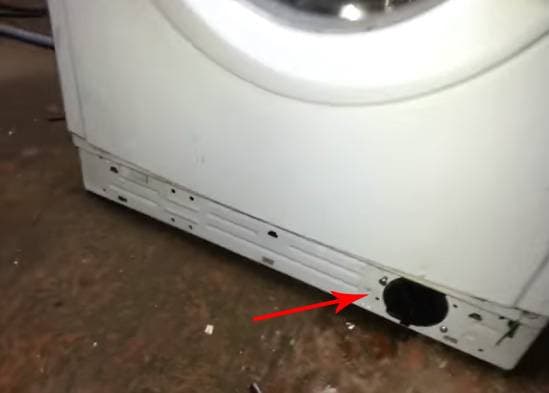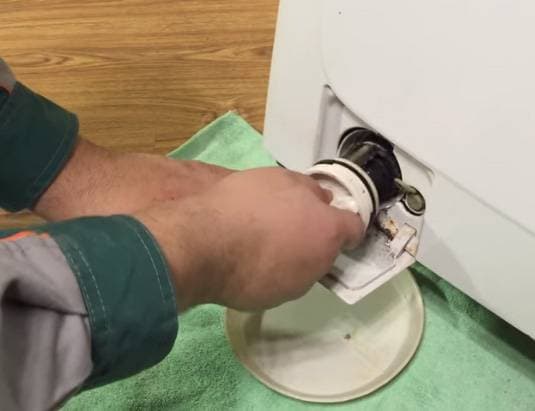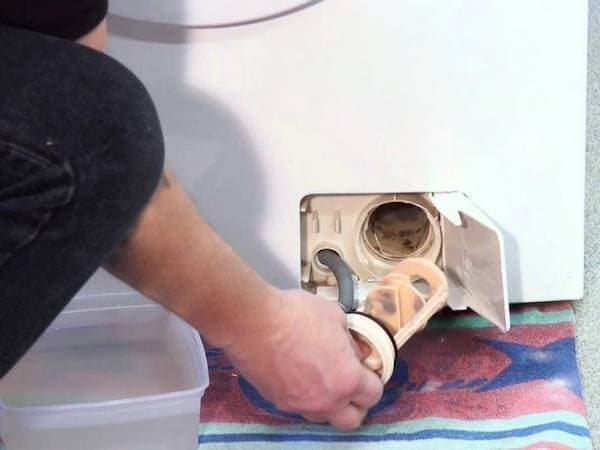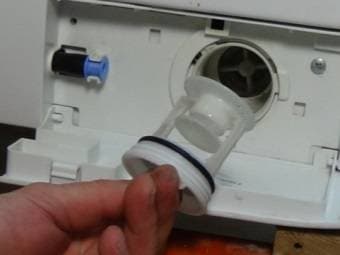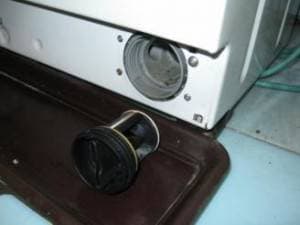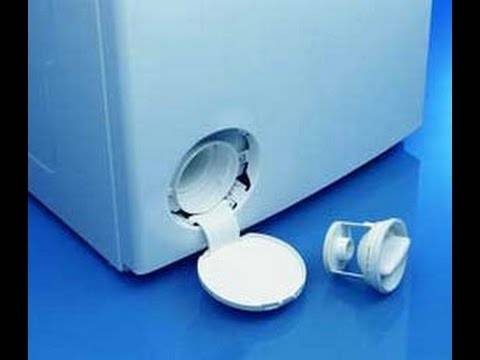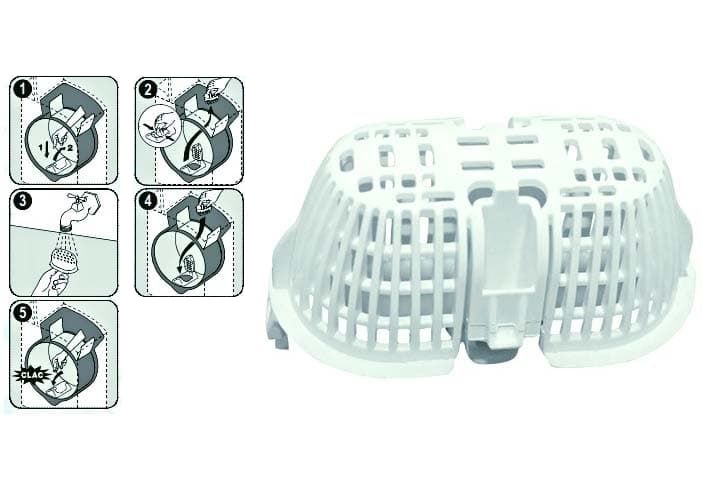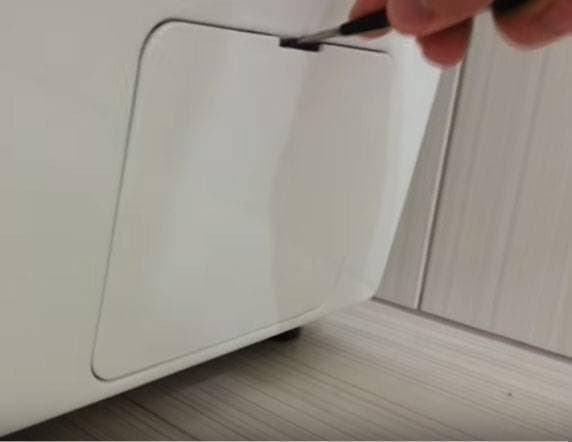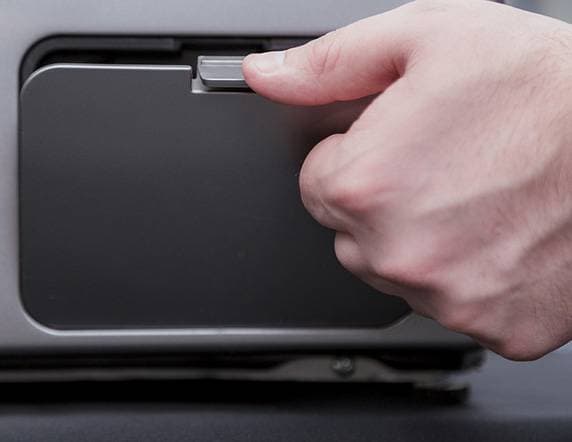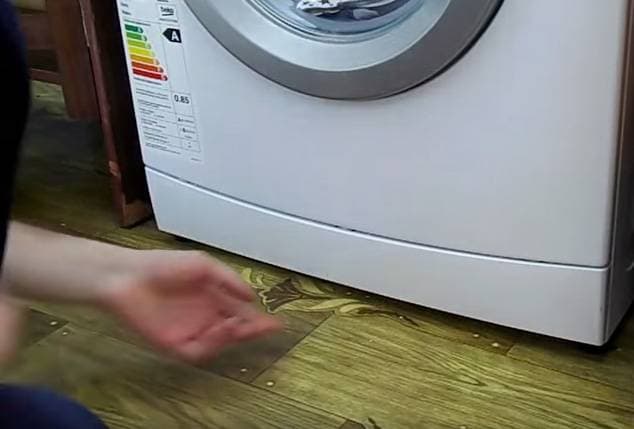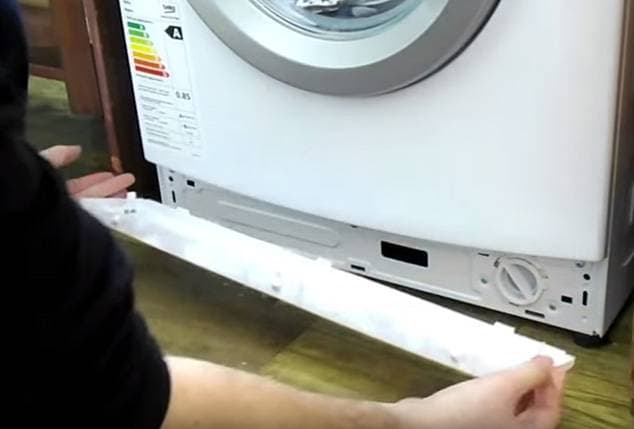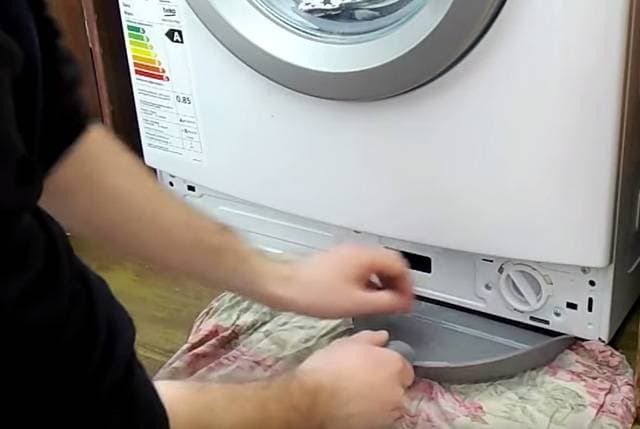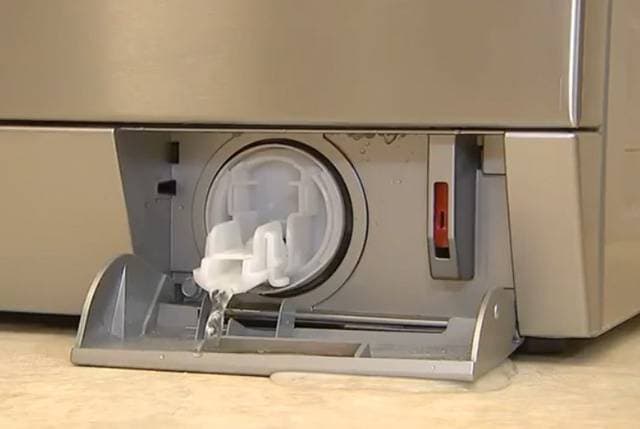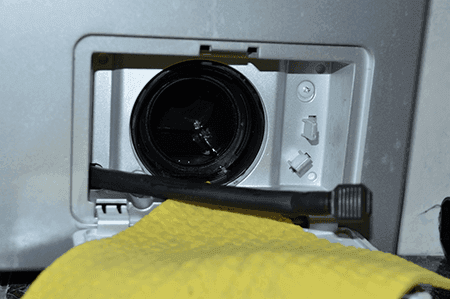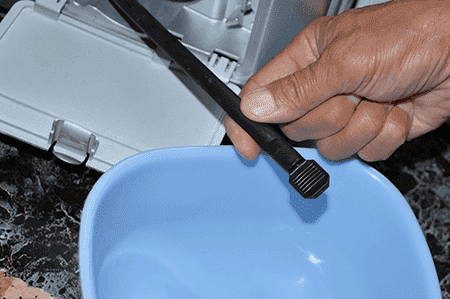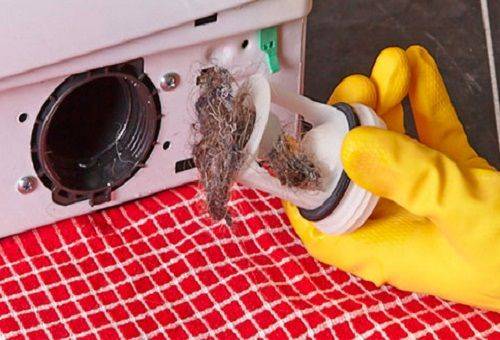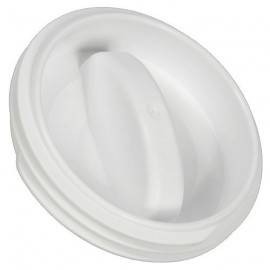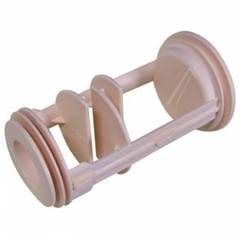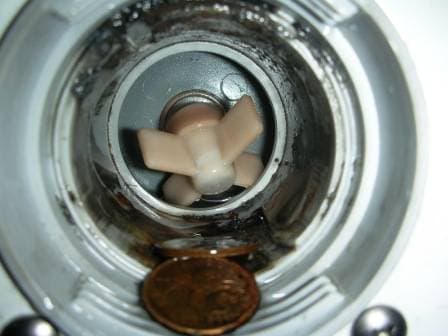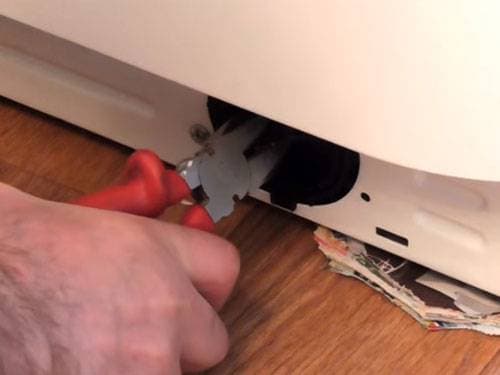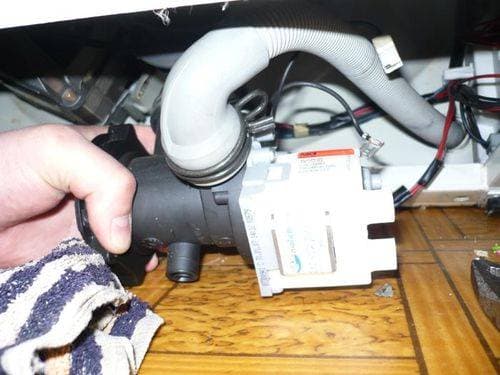- Home
- /
- Company’s Blog
- /
- Blog
- /
- How to Clean a Drain...
How to Clean a Drain Filter in a Washing Machine
For complex home appliances, which includes a washing machine, need prevention. Otherwise, active operation will quickly disable the machine.
One of the types of regular maintenance of the equipment is washing machine filter cleaning. It is necessary for normal operation of the drain pump. The filter serves as a barrier, which protects the pump from foreign objects that get into the tank, lint from fabrics, wool, hair and other debris. A clogged filter makes it difficult to pump water out of the tank and can cause the pump to break down.
That’s why we have prepared an article-instruction on cleaning the filter and the main problems that owners of washing machines face during cleaning. Or call customer service today at ️(800) 657-0765
Where is the drain filter in the washing machine?
First we’ll figure out where to find the right knot. Everyone’s car is different in terms of both make and model. They also differ in the type of loading of linen. But with all the variety of equipment, its manufacturers install filters at the bottom of the washing machine next to the pump.
As it is an internal part of the machine, from the outside it is closed by a hatch or a removable panel.
To make it easier for you to sort out your laundry, we have collected a photo table of the location of the filter at the main brands of washing machines.
| For LG washing machines, the pump filter is located at the bottom left behind the hatch. | |
| For Indesit and Ariston washers, look for a filter behind the lower removable panel on the right. | |
| The Candy washing machines have a drain filter on the left side behind the hatch. | |
| Bosch and Siemens have this on the right behind the hatch or decorative bar. | |
| In Electrolux or Zanussi brands, the filter is located at the bottom right and covered with a plastic hatch. | |
| In Samsung washing machines, look for a filter in the lower right corner behind a plastic panel or behind the hatch. | |
| On washing machines with vertical loading, such as Whirlpool, the pattern is placed at the bottom left. | |
| In Electrolux and Zanussi vertical (top-loading) washing machines, the drain filter is built into the machine drum rib and retrieved from the inside of the drum. |
How to Clean a Drain Filter in a Washing Machine – Step by Step Instructions
Cleaning of the filter-catcher will be carried out in stages, as wizards in our service do.
🔴 For safety we cut off water supply and disconnect the machine from the network. It is possible that you will have to lift the machine or move it. Agree that you do not want to flood the floor with water or get electrocuted while working.
🔴 Find a filter at the washing machine and open the hatch cover, or remove the false panel from the bottom of the case. The hatch is usually secured with a latch, and the cover is held tightly. Use a flat, wide screwdriver or a table knife with a rounded edge to lift the cover. On some models, the lid can be opened easily by hand.
The bezel is held in place by latches or hooks and can be removed in two ways:
- by moving the panel towards itself (sometimes you have to pull the top of the panel with a screwdriver beforehand).
- by shifting to the side, usually from right to left.
🔴 We prepare a rag and drain the remaining water from the washing machine. The water in the machine is only completely pumped out of the tank. There is always some water left in the drain system, of which the filter is part. It will pour out when you unscrew the filter. So, in order not to fill the floor, put a cloth under the machine or lift the body and put a flat basin or other container underneath. On some models, there is no need to lift the body of the washer, the manhole or folding filter handle is a chute through which water flows into the attached container.
Tip! Use an emergency hose to drain the remaining water almost completely out of the tank. Most models of Bosch, Siemens, Samsung, AEG, Whirlpool, Electrolux, Miele, Viking and Zanussi have it. Pull it out of the fasteners and take out the cork, then lower it into the prepared container and drain the water. Put the plug back in place and secure the hose.
Even if you used an emergency hose, there’s still a little liquid in the washing machine. To drain it completely, gently turn the drain filter plug 45-60 degrees anticlockwise and let the remaining water run off into a raised container or a rag. If the drain plug is additionally secured with a special screw, as in the Candy Holiday 181, first loosen or unscrew it with a screwdriver.
🔴 Completely unscrew and pull out the filter.
Some brands, such as AEG, LG, Electrolux, Zanussi, first unscrew the water plug and then pull out the filter.
🔴 We clean and wash the filter. First pull out the large garbage – wool, threads, foreign objects. Then take an ordinary dishwasher sponge with an abrasive layer and clean the surface from deposits. Then wash the filter well under a jet of warm water.
⚠️Warning! It is not recommended to wash in very hot water, the plastic may deform and the sealing gum may lose its elasticity.
It is essential to check the opening in the machine and clean any remaining debris. At the same time, wipe with a damp cloth or sponge to remove dirt and deposits.
🔴 Check the drain pump. Don’t forget to take a look at the drain pump, there might be dirt left in there too. Light a flashlight in the opening and remove any debris that has slipped into the pump. To check, turn the impeller, nothing should prevent it from turning.
🔴 Put the filter back in place. Place it in the hole evenly, without distortion and tightly, but carefully. Screw the filter plug in clockwise direction. Screw in the locking bolt if there was one (e.g. in Candy Holiday 181). On some models of AEG, LG, Electrolux, Zanussi, you need to first insert the filter into the slot and then screw in the fixation cap.
🔴 Switch the machine on and check for leaks. To avoid flooding the floor during washing, check the technique for water leakage from the filter. Set the test rinse and see if there are no drops or jets from under the filter cover. If everything is dry, close the hatch or replace the false panel and the washing itself.
For information on how to properly clean the drain filter in your model washing machine, please refer to the user manual. If you have forgotten where it lies, please use our laundry instructions database. Look for cleaning information in the “Cleaning and Care of your Washing Machine” section of the manual.
How often should the drain filter be cleaned in the washing machine?
Manufacturers recommend cleaning the filter every 2 to 4 months. Focus on the frequency of washing. In other words, the more often we use the machine, the more often we clean the filter. For example, if you use the machine every day in a large family with children, it is better to clean the filter once a month.
In addition, it should be noted from experience in the maintenance of washing machines that the frequency of cleaning the drain catchpot also depends on the type of fabrics. For example, in winter woollen and pile fabrics: flannel, bike are washed more often. They give a lot of tissue substrate in the form of lint, which clogs the filter. Therefore, the catcher should be cleaned more often.
If you are washing something quite “garbage”, such as a feather pillow or down on natural down, we recommend cleaning the filter immediately after washing.
What happens if the filter is not cleaned?
A dirty filter trap will cause serious problems over time:
- Unpleasant smell from the machine and the laundry. Garbage and dirt stuck in the filter is an excellent nutrient medium for germs. The dirty lump starts to sour and smell bad. The smell can penetrate the tank, and laundry after washing instead of pure aroma, gets a very unpleasant amber.
- Bad drain. A clog in the washing machine filter prevents normal draining. If the garbage is not removed in time, the filter may clog so much that the washing machine will stop draining the tank.
- Pump failure or breakage. It is possible that a foreign body may leak from the filter to the pump. This could cause the pump to jam and stop pumping water. In some cases, metal objects may break the impeller blades or damage the pump housing. This will require repair or complete replacement of the pump.
What to do when the filter is not unscrewed or pulled out
Sometimes it is difficult to clean the filter in the washing machine pump because it cannot be removed from the machine:
- you try to turn the handle to no avail;
- or the filter is stuck in a hole, and you can’t get it out.
These situations happen if you haven’t cleaned the drain unit in a long time.
There are two reasons for not unscrewing the filter. Firstly, a foreign object (for example, a piece of bone from a bra) can prevent rotation, and secondly, scale formed on the thread and gasket.
A foreign object or a lump of rubbish stuck across the inside of the filter usually prevents it from being pulled out.
If you find yourself in this situation, you can act in two ways:
- Use pliers if the filter does not twist out. Try turning the filter knob with these pliers. Do it very carefully, without fanaticism so as not to break the part.
- Clean the filter through the removed pump if the pliers have not helped to unscrew it or if the filter is not being pulled out. Depending on the make of the machine, you will need to remove the back or front wall of the machine body, disconnect the wiring, remove the clamps that attach the discharge connection and hose to the pump slug and pull out the pump and slug itself. Then it is most convenient to clean the filter through the hole for the drain pipe. Or disconnect the pump from the slug (it is attached to screws or latches) and clean the filter through the pump opening. It should then be easily unscrewed and pulled out.
⚠️Attention: The described method of cleaning the filter via a drain pump requires knowledge of the washing machine and is therefore difficult for average users. If you are not sure that you can handle this operation yourself, call a technician, for example, from our service AmeriPro.
For those who have decided to deal with a jammed node by themselves, we recommend the article “How to get a drain filter if it does not twist”.
What to do if the filter leaks after cleaning.
Sometimes during the leak test after cleaning the filter, it leaks. Or the water starts to leak through one or two washes. There are 3 reasons for leaks:
- The filter is inserted unevenly or slightly twisted. The part has to be inserted straight to avoid any sliding of the threads. Also tighten tighter to fix the filter. But it has to be done carefully. Plastic threads are easy to tear off if you press too hard. In case of a leak, unscrew the filter, insert it evenly and screw it back on again. Remember to put a rag or a water collection container in place before removing it.
- Gasket defect. Rubber gasket provides tight contact between filter and socket as in taps or hoses. It can wither over time or become damaged if you gently pull out the filter or clean it with a sharp tool. To eliminate leaks, you should change the gasket when possible, or the entire filter if the gaskets are not sold separately.
- Damage to threads or the filter. The filter or cochlea walls will be damaged if the part is removed or unscrewed by force. Threads on the filter or the snail glass can be broken if the plug is tightened with considerable force. In both cases, the contact becomes tight enough to hold the water. Replacing the filter or the “snail and filter” pair can help prevent leakage in these situations. If you can’t manage it yourself, call a technician.
Filter cleaning and home service in California
The AmeriPro service provides fast service for washing machines at home. Do you have little understanding of the technique, no time to study the manual and handle the machine yourself or do you not manage to unscrew the filter? Talk to us! The technician will carry out cleaning of a drain filter of any brand of washing machine, and if necessary will carry out its replacement. Call customer service today at ️(800) 657-0765

